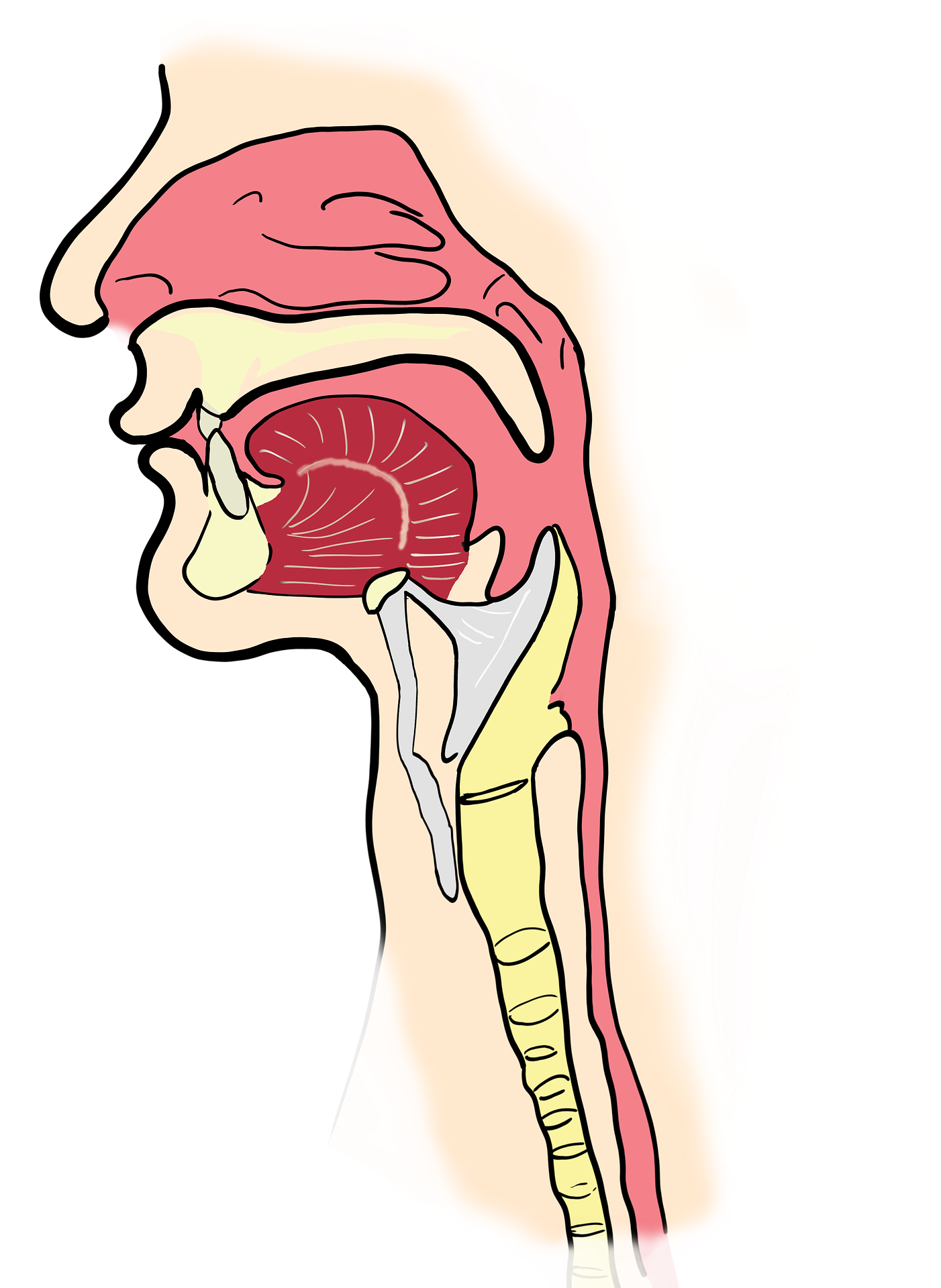
So I just went for a CT Scan this week to confirm that I have subglottic stenosis. I have been to a lot of doctors this year trying to get my wheezing and breathing to improve and while I have some improvement, I still had a chronic wheeze so I went a specialist ENT to see if it could be something in my nose or throat and she scoped me and I had a CT scan to confirm and I have a 50% lumen stage 2 tracheal stenosis. So that explains A LOT why it feels like I am breathing through a straw sometimes.
So what the F is subglottic or tracheal stenosis you say — well here it is…..
Subglottic stenosis is a medical condition in which the airway narrows in the subglottic region, which is located just below the vocal cords and above the trachea. This narrowing can restrict the flow of air to and from the lungs, making it difficult for a person to breathe.
The condition can be caused by a variety of factors, including inflammation, scarring, and injury to the subglottic area. It can also be a complication of prolonged intubation or mechanical ventilation, especially in premature infants or children.
Symptoms of subglottic stenosis can include difficulty breathing, noisy breathing, coughing, wheezing, and shortness of breath. In severe cases, subglottic stenosis can lead to respiratory distress and require immediate medical attention.

Diagnosis of subglottic stenosis typically involves a physical exam, imaging tests such as X-rays or CT scans, and in some cases, a procedure called a laryngoscopy, which uses a small camera to examine the inside of the throat.
Treatment for subglottic stenosis depends on the severity of the condition. Mild cases may be treated with medications to reduce inflammation and swelling, while more severe cases may require surgical intervention, such as a tracheostomy or endoscopic dilation of the airway.
Long-term management of subglottic stenosis may involve regular monitoring and follow-up care, as the condition can sometimes recur after treatment. With proper care and management, however, many people with subglottic stenosis are able to lead healthy, active lives.
So the morale of this story is that if you have been told it is asthma and it just isn’t getting better, KEEP ASKING. It may still very well be your asthma and you just need a different treatment or some lifestyle changes but it could also be something else or a combination of things. Mine was obviously this stenosis but it was also some lung things as I did have bronchitis and I do feel a whole lot better now that I am on a maintenance medication for asthma and allergies (Advair and Singulair) so KEEP ASKING if you don’t feel good yet.